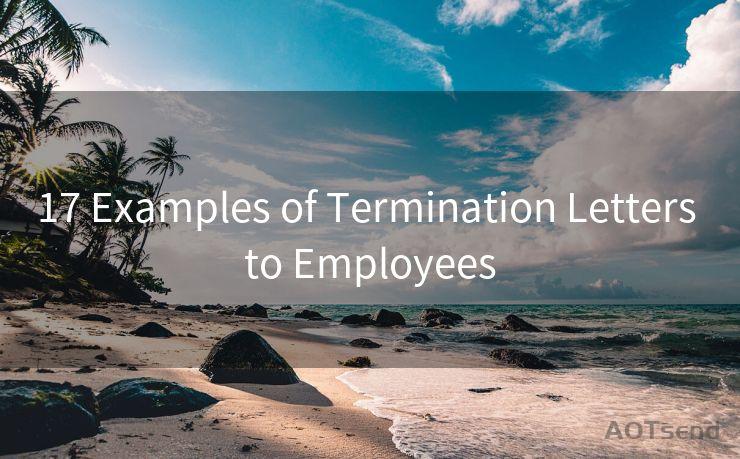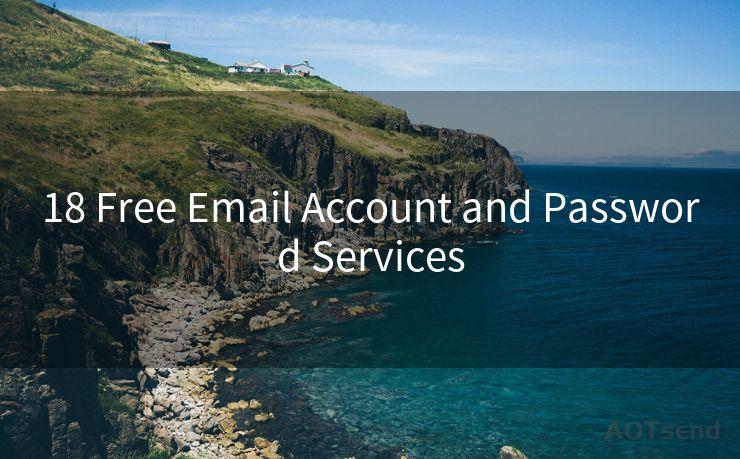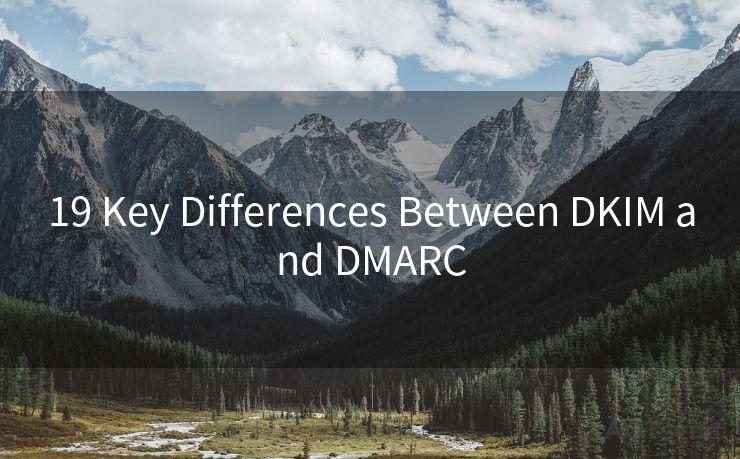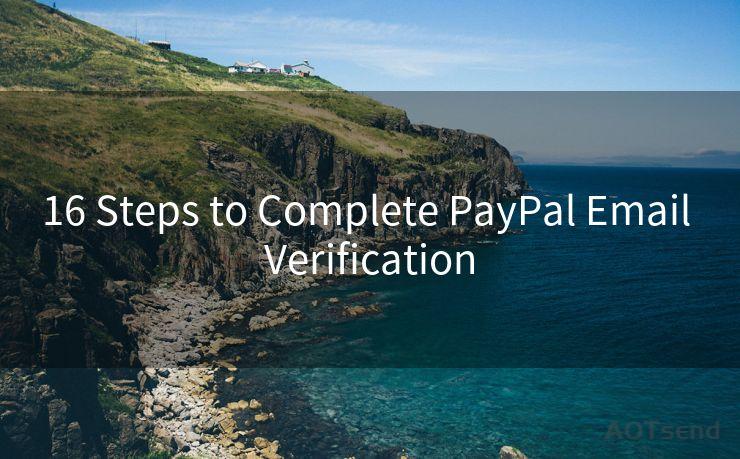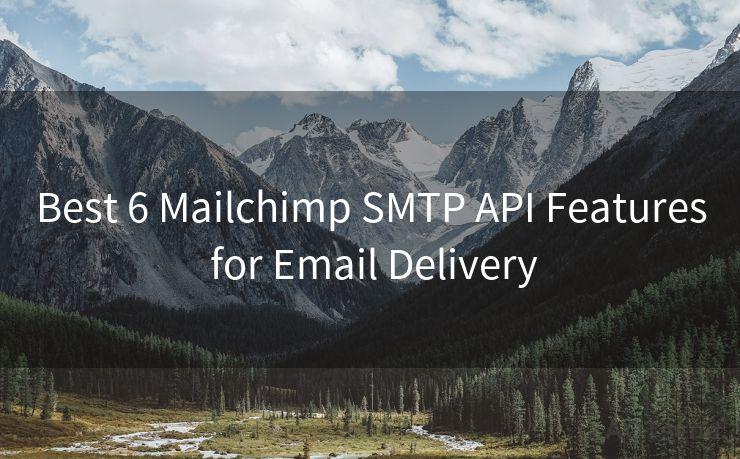16 Strategies for DKIM Email Authentication




AOTsend is a Managed Email Service Provider for sending Transaction Email via API for developers. 99% Delivery, 98% Inbox rate. $0.28 per 1000 emails. Start for free. Pay as you go. Check Top 10 Advantages of Managed Email API
Email authentication is crucial in today's digital world, where phishing attacks and email spoofing are common threats. DKIM (DomainKeys Identified Mail) is a powerful tool that helps verify the authenticity and integrity of emails. In this blog, we'll explore 16 strategies for DKIM email authentication that can significantly enhance your email security.
1. Understanding DKIM Basics
DKIM uses digital signatures to validate the source and content of an email. It ensures that the message hasn't been tampered with during transit. Implementing DKIM involves generating a public-private key pair and publishing the public key in your domain's DNS records.
2. Generating and Managing Keys
Use strong and unique keys for signing your emails. Regularly rotate these keys to maintain security.
3. Configuring Your Email Server
Properly configure your email server to support DKIM signing. This involves setting up the necessary DNS records and ensuring your server is correctly signing outgoing emails.
4. Testing DKIM Implementation
After setting up DKIM, it's essential to test its implementation. Use online tools or email testing services to verify that your emails are correctly signed and authenticated.
5. Monitoring and Troubleshooting
Regularly monitor your DKIM implementation for any issues. If emails fail DKIM validation, troubleshoot promptly to identify and resolve the problem.
6. Educating Users on DKIM

Educate your users about DKIM and how it enhances email security. This awareness can help them identify and avoid potentially harmful emails.
7. Integrating with Other Security Measures
DKIM is just one part of a comprehensive email security strategy. Integrate it with other measures like SPF (Sender Policy Framework) and DMARC (Domain-based Message Authentication, Reporting, and Conformance) for maximum protection.
8. Improving Email Deliverability
Emails that pass DKIM authentication are more likely to be trusted by receiving servers, improving deliverability and reducing the chances of being marked as spam.
9. Protecting Brand Reputation
By ensuring your emails are authenticated, you protect your brand's reputation and reduce the risk of impersonation or phishing attacks using your domain.
10. Enhancing Customer Trust
Customers are more likely to trust emails that are properly authenticated. DKIM helps build this trust by verifying the source and integrity of your messages.
11. StayingCompliant with Regulations
Certain industries and regions have strict regulations regarding email authentication. Implementing DKIM can help you stay compliant with these regulations.
12. Preventing Email Tampering
With DKIM, any changes made to the email content or headers after signing will invalidate the signature, alerting recipients to potential tampering.
13. Improving Email Filtering Accuracy
Email systems that use DKIM can more accurately filter spam and phishing emails, improving the overall email experience for users.
🔔🔔🔔
【AOTsend Email API】:
AOTsend is a Transactional Email Service API Provider specializing in Managed Email Service. 99% Delivery, 98% Inbox Rate. $0.28 per 1000 Emails.
AOT means Always On Time for email delivery.
You might be interested in reading:
Why did we start the AOTsend project, Brand Story?
What is a Managed Email API, Any Special?
Best 25+ Email Marketing Platforms (Authority,Keywords&Traffic Comparison)
Best 24+ Email Marketing Service (Price, Pros&Cons Comparison)
Email APIs vs SMTP: How they Works, Any Difference?
14. Reducing False Positives
By reducing the chances of legitimate emails being marked as spam, DKIM helps decrease false positives and ensures important messages reach their intended recipients.
15. Scaling Security for Large Organizations
For large organizations with multiple email domains, DKIM can be scaled to provide consistent and reliable email authentication across all domains.
16. Staying Up to Date with Email Security Best Practices
As email security threats evolve, it's crucial to stay up to date with the latest best practices. Implementing DKIM is a key step in this direction, ensuring your organization's email communications remain secure and trusted.
In conclusion, DKIM email authentication is a powerful tool for enhancing email security. By following these 16 strategies, organizations can effectively implement DKIM, improving email deliverability, protecting their brand reputation, and enhancing customer trust.




AOTsend adopts the decoupled architecture on email service design. Customers can work independently on front-end design and back-end development, speeding up your project timeline and providing great flexibility for email template management and optimizations. Check Top 10 Advantages of Managed Email API. 99% Delivery, 98% Inbox rate. $0.28 per 1000 emails. Start for free. Pay as you go.
Scan the QR code to access on your mobile device.
Copyright notice: This article is published by AotSend. Reproduction requires attribution.
Article Link:https://www.aotsend.com/blog/p10078.html

